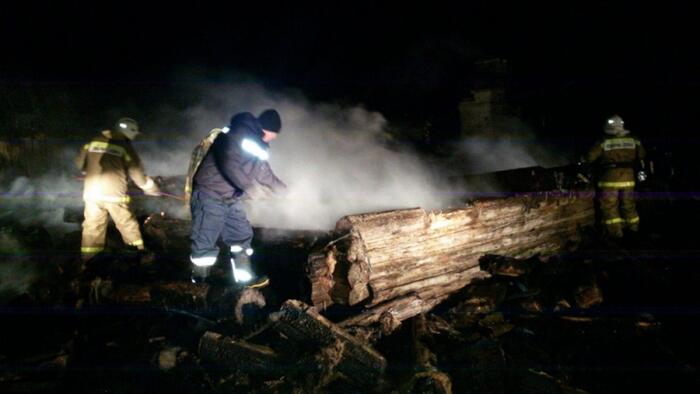Developed a portable electronic nose with a sensitivity comparable to that of the human nose in perceiving bad smells emitted by wastewater treatment plants: mounted on a drone, it measures the concentration of different odorous molecules in flight, predicts the intensity perceived by the people and produces a real-time map for the management and maintenance of the plant, all thanks to artificial intelligence. The results of the trial are published in the iScience journal by researchers from the Bioengineering Institute of Catalonia and the University of Barcelona.
"Our work could also have implications for other facilities such as garbage dumps, composting plants or large farms with cattle and pigs known to produce bad smells," explains study coordinator Santiago Marco, of the Bioengineering Institute of Catalonia. “I live two kilometers from a purifier and from time to time you can't even open the window because of the terrible smells. The impact on the quality of life of those who live near these plants should not be underestimated, there are also physical and psychological consequences of being exposed to bad smells ".
To enable monitoring, the researchers trained a portable electronic nose (weighing 1.3 kilograms) to recognize odorous chemicals such as ammonia, hydrogen sulfide and sulfur dioxide; then they equipped the instrument with a sensor for carbon dioxide, a 'spy' of bacterial activity. In laboratory tests, the electronic nose has shown similar performance to that of the human nose. Once attached to the drone, it flew over a Spanish sewage treatment plant for six months, analyzing the air drawn through a ten-meter-long pipe. The results of field tests show that the measurements made by the electronic nose in 10 out of 13 cases are in line with those made by experts in flesh and blood. Thanks to artificial intelligence,these measurements made it possible to create a spatio-temporal map of the concentration of odors, predicting their intensity for the first time.







